In the realm of product testing and quality assurance, vibration test machines represent a critical tool, tasked with ensuring that components and systems can withstand real-world environmental stresses. These machines, which operate primarily through electrodynamic or servo-hydraulic mechanisms, help simulate the conditions products will face during their lifecycle. Standards such as ASTM D999 and MIL-STD-810 provide rigorous frameworks for conducting these tests, underscoring their universal importance for safety and reliability in products. As industries continue to innovate and materials evolve, the role of vibration testing becomes increasingly complex and essential. One might wonder, how do these advancements impact the future capabilities and approaches of vibration testing in emerging sectors?
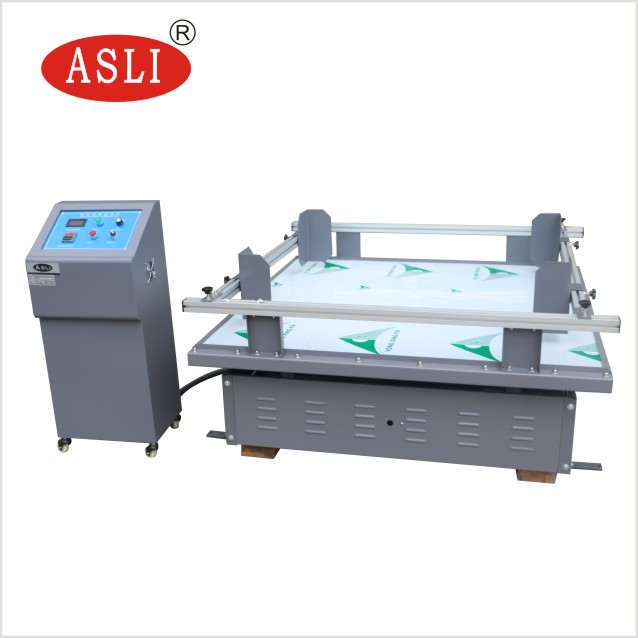
ASLI STA 1A 2A ASTM D999 Simulated Transport Vibration Tester
A vibration test machine, also known as a vibration shaker, is a crucial tool used to simulate the stresses products endure during transportation or day-to-day use. This sophisticated equipment allows manufacturers to evaluate the transport worthiness of packaged products by reproducing the vibrations and shocks experienced during a journey of thousands of kilometers, condensed into just a few hours within a laboratory setting.
After testing, products are examined for damages such as breakages or leakages, which helps in assessing their structural integrity and resilience.
Utilizing a vibration test system is essential across various industries including aerospace, automotive, defense, and electronics to ensure that products can withstand real-world conditions.
These systems apply controlled vibrations of varying intensities and frequencies to mimic different stress scenarios. This process not only verifies product durability but also assists in refining product designs to enhance overall performance under stress.
Building on the understanding of what a vibration test machine is, it's important to explore its practical applications in real-world scenarios. Vibration testing equipment is indispensable for engineers who need to assess how materials and structures behave under vibrational forces. This equipment allows for rigorous testing of various materials—metals, plastics, composites, and even human tissues—to ensure they can withstand specific conditions.
The primary use of vibration test machines is to simulate different environments that a product might encounter during its lifecycle. By subjecting materials and products to controlled vibration tests, engineers can predict their performance and durability in actual use conditions. This preemptive evaluation is crucial in identifying potential failures before a product reaches the consumer, thereby enhancing safety and reliability.
Moreover, vibration testing is pivotal in sectors like automotive, aerospace, and electronics, where materials must endure repetitive stress without compromising integrity. The insights gained from these tests guide improvements in product designs, contributing to innovations that meet stringent safety standards.
Ultimately, the use of vibration test machines helps in certifying that products are not only effective but also stand up to the rigors of daily use.
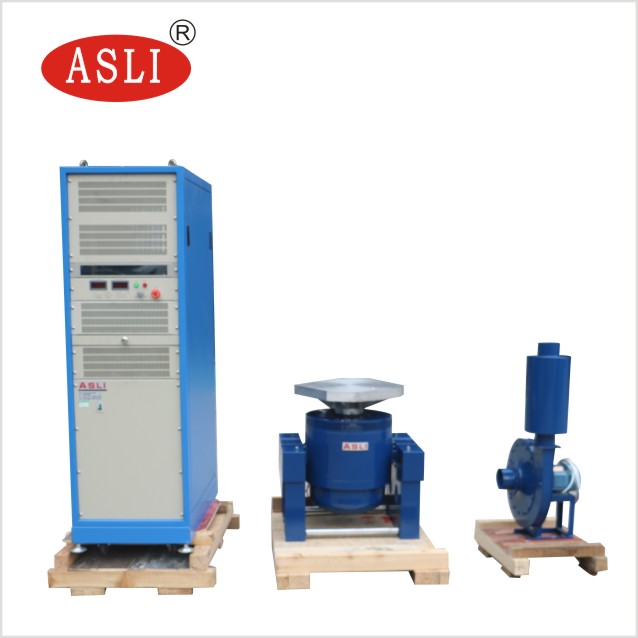
ASLI PCB Vibration Test Equipment
Most vibration testing processes begin with the placement of a product on a specially designed shaking table or platform. This table is securely mounted on a frame, which is connected to a vibration source such as an electrodynamic shaker. The role of the shaker is to generate vibrations, which are then transferred to the table and hence to the product.
The testing parameters—such as amplitude, frequency, and duration of vibrations—are meticulously controlled to replicate various scenarios that the product might encounter during its lifecycle. For instance, high amplitude and low-frequency vibrations can be used to simulate transportation stresses, while low amplitude and high-frequency vibrations might mimic conditions encountered during regular operation.
This method allows manufacturers to rigorously assess the product's resilience and performance under controlled yet challenging conditions. It is a critical step in identifying potential defects or weaknesses in design and materials.
Consequently, vibration testing ensures that only robust and reliable products reach the market, thereby safeguarding both the manufacturer's reputation and consumer safety. This proactive quality control is indispensable in an era where durability and functionality are paramount.
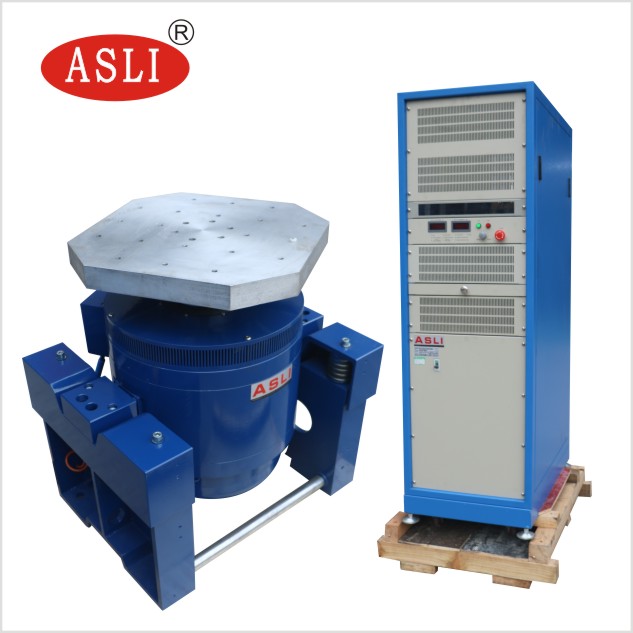
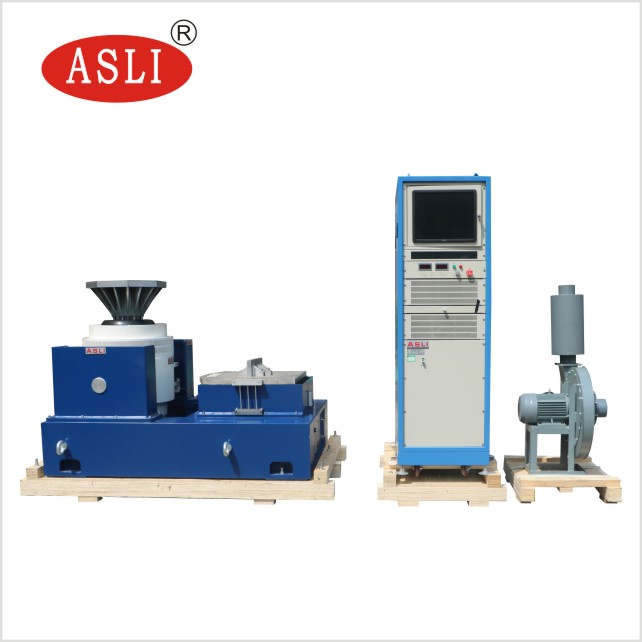
Following an overview of how vibration testing operates, it is important to explore the various systems used to conduct these tests. Electrodynamic Vibration Shakers, such as the LDS V8750, V8800, and V8900, offer high-frequency precision testing. These systems are predominantly utilized in aerospace, defense, and electronics sectors for their ability to replicate precise vibration conditions.
Vibration test systems can be categorized into single-axis and multi-axis options. Single-axis systems, like the IMV G-0 Series, simulate vibrations along a singular plane and are essential for tests requiring directional specificity.
Conversely, multi-axis systems are designed to mimic real-world, multi-directional vibrations, providing a more comprehensive assessment of product durability and functionality.
For applications demanding high-force but lower-frequency testing, Servo-Hydraulic Shakers are employed. These are particularly useful in automotive and heavy machinery industries where robust performance under stress is critical.
Furthermore, the market offers specialized systems such as Miniature and Portable Vibration Test Systems, exemplified by the IMV G-2 Series, which cater to testing smaller components.
Lastly, Shock and Drop Test Systems, like the IMV G-5 Series, are crucial for evaluating the impact resistance of products through sudden forces or drops.
Vibration testing is crucial across various industries to ensure the reliability and durability of products under dynamic stress conditions. This process verifies product endurance and predicts potential failures, providing manufacturers with the critical data needed to enhance product designs and manufacturing processes. The following are key applications of vibration testing in various sectors:
| Industry | Application | Benefit |
|---|---|---|
| Aerospace | Satellite qualification | Ensures durability in space conditions |
| & Defense | Aircraft component testing | Assesses reliability under flight dynamics |
| Automotive | Durability testing for engines, | Increases lifespan and safety of automotive parts |
| batteries, and suspensions | ||
| Electronics | ESS for PCBs | Identifies defects early in the manufacturing process |
| Packaging | Ensures product safety during | Reduces damage during transit, ensuring consumer satisfaction |
| transportation | ||
| Energy | Turbine and generator analysis | Predicts and prevents failures, ensuring energy continuity |
These applications demonstrate how vibration testing is an essential part of product development and quality assurance, providing a controlled method to replicate real-world stressors that products may face during their lifecycle. This testing approach is indispensable for industries aiming to maintain high standards of product performance and safety.
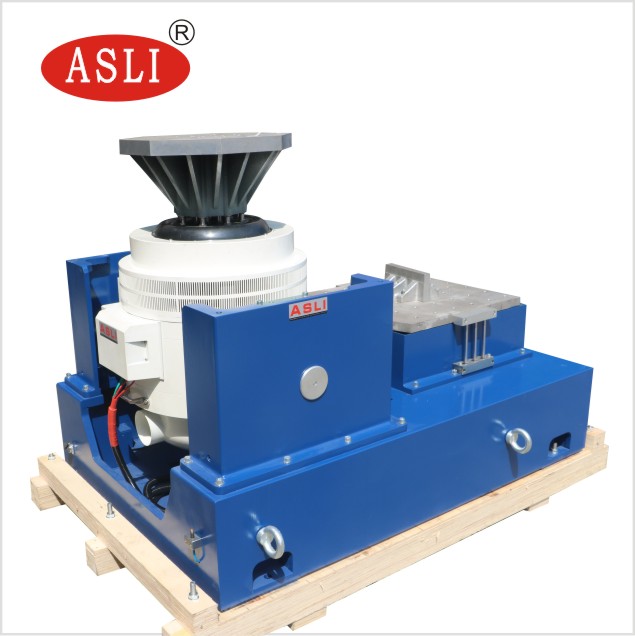
ASLI Electrodynamic High Frequency Vibration
Selecting the appropriate vibration test machine is a critical decision that hinges on a variety of factors, each tailored to specific testing requirements and industry standards. Understanding the exact test requirements is paramount. This involves analyzing the frequency range, force, and displacement specifications needed to adequately simulate the operational environment of the product being tested.
Each machine's capability to meet these specifications should be carefully evaluated to ensure accurate and reliable results.
Industry standards, such as those established by ASTM, MIL-STD, and ISO, also play a crucial role in the selection process. The chosen vibration test machine must be compatible with these standards to ensure compliance and to facilitate validation of results across different regulatory frameworks.
Additionally, practical considerations such as fixture and mounting requirements need attention. The machine must accommodate various test item sizes and shapes, which necessitates flexible and robust fixture solutions.
Lastly, budget and scalability are important factors; the machine should not only fit the current financial scope but also be adaptable to future testing needs, allowing for upgrades or expansions as testing parameters evolve or production scales.
To ensure the reliability and durability of products under dynamic conditions, various vibration testing standards have been established. These standards are crucial for industries aiming to meet rigorous quality and safety requirements.
Among the widely recognized standards, ASTM D999 specifically addresses the performance of shipping containers under vibration conditions. This standard helps manufacturers determine how well containers can protect their contents during transportation, which is vital for maintaining product integrity and customer satisfaction.
Another pivotal standard is MIL-STD-810, developed by the U.S. Department of Defense. This standard encompasses a broad range of environmental conditions, including vibrational stresses that military equipment might encounter during service. The comprehensive guidelines ensure that military hardware can withstand and function in extreme conditions, thus safeguarding soldier safety and operational readiness.
For the automotive sector, ISO 16750 provides tailored guidance on testing vehicle components under vibration. It outlines methodologies to assess the robustness and endurance of automotive parts, ensuring that vehicles perform reliably in varying driving conditions.
Adherence to such standards confirms that automotive products are durable and safe for consumer use, thereby reinforcing trust and compliance in a highly competitive industry.
Identifying and addressing issues during vibration testing is crucial for maintaining the integrity and accuracy of the results. One common issue is the noise floor, which can often be resolved by ensuring proper grounding and shielding of the testing setup. This not only minimizes electrical interference but also enhances the overall stability of the data collected.
Another frequent concern involves accelerometer sensitivity. Over time, sensors may drift from their calibrated settings, leading to erroneous data. It is essential to regularly recalibrate these sensors to ensure that measurements remain precise and reliable. This recalibration should be part of the routine maintenance schedule for any vibration testing system.
Fixture resonance can also significantly impact test outcomes. If the mounting design of the test fixture is not optimized, it may resonate at similar frequencies to the test item, thereby corrupting the results.
To address this, reevaluate and optimize the fixture design to avoid overlapping resonant frequencies. Such adjustments ensure that the fixture supports the test objectives rather than interfering with them.
Vibration testing can effectively predict equipment failure by simulating stress conditions and detecting early signs of deterioration. This proactive approach allows for timely maintenance, enhancing reliability and control over operational longevity.
Vibration tests, when properly conducted using standardized protocols, are generally safe for electronic components, effectively identifying potential failures without damaging the items under standard testing conditions. Proper calibration and adherence to guidelines are crucial.
Regular maintenance is the linchpin of reliability for vibration test machines. It typically includes routine calibration, software updates, mechanical inspections, and lubrication to ensure precision and control over the testing environment and component safety.
The duration of a typical vibration test varies, generally lasting from a few minutes to several hours, depending on the specific objectives, test standards, and the nature of the product being tested.
Yes, vibration testing can be tailored to specific products. Approximately 75% of manufacturers customize tests to match operational conditions, ensuring precise assessment and control over product durability and functionality under different stress scenarios.
In conclusion, vibration test machines stand as the Herculean pillars in the arena of product testing, ensuring the endurance and safety of products much like the mythical hero ensured the security of ancient realms. By adhering to stringent standards and employing sophisticated testing systems, these machines pave the way for innovations that are as robust as they are revolutionary. Thus, their role in advancing industrial reliability and consumer safety remains indispensable, echoing the vigilance of a watchful guardian in the technological age.
Founded in 1988, ASLI (China) Test Equipment Co., Ltd. produces high-quality inspection instruments and testing equipment, including temperature and humidity chambers, aging testers, and vibration testers. Certified to international standards, ASLI serves research, quality inspection, and educational sectors worldwide, renowned for precision, reliability, and exceptional customer service.
Contact us for a free quote of your ideal vibration machine equipment!


[…] Modal Testing Systems and 3D Vibration Test Systems provide advanced options for analyzing the dynamic behavior and structural integrity of components […]
[…] 60068-2-6 sets global standards for testing equipment durability under sinusoidal vibrations, crucial for various […]